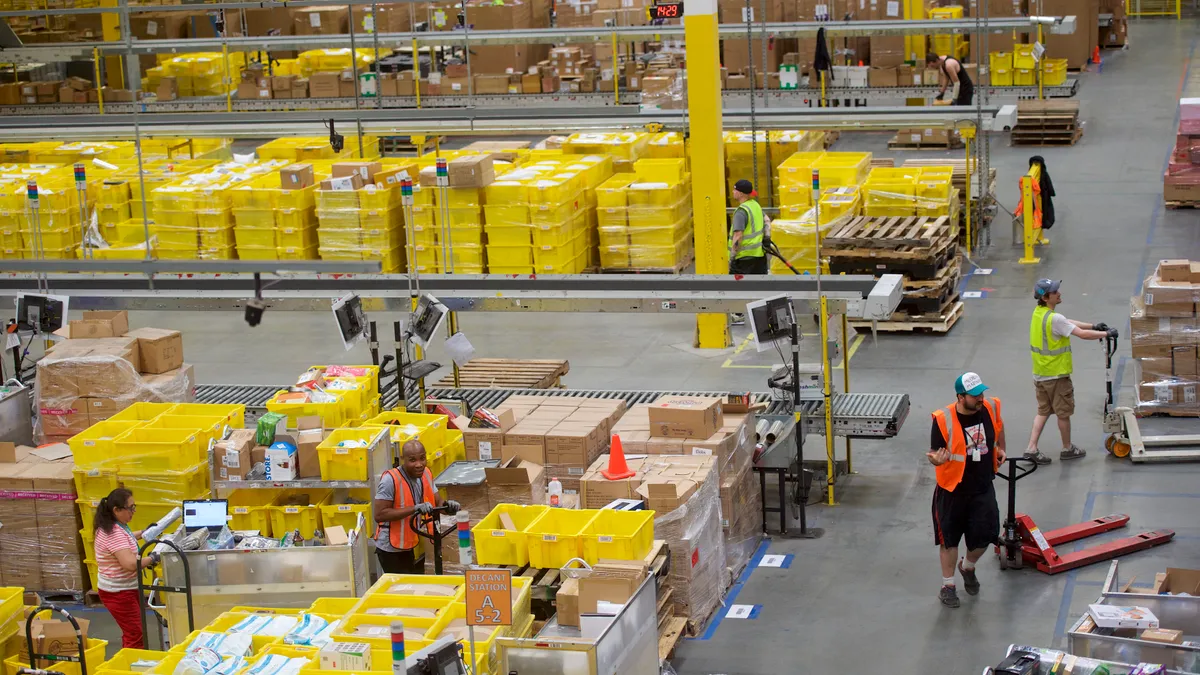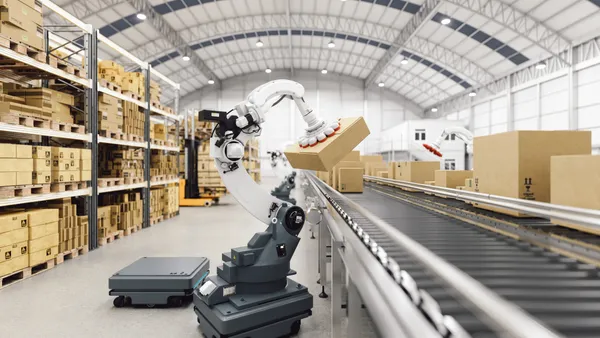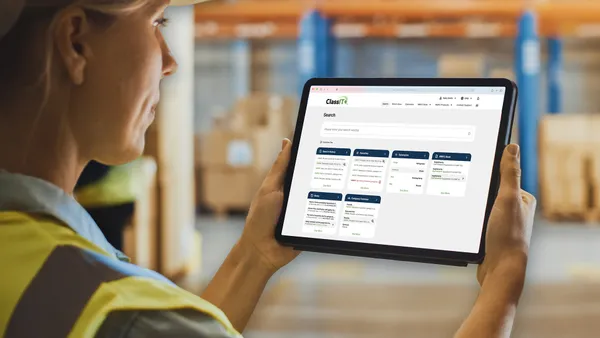Dive Brief:
- HP opened a new 150,000-square-foot 3D printing and Digital Manufacturing Center of Excellence (CoE) in Barcelona on June 12, marking the latest expansion of its global 3D manufacturing footprint.
- The large-scale capacity present at the Barcelona site will allow HP to pilot 3D printing innovations and test them at scale for potential integration into industrial supply chains in the future.
- The facility will serve as a hub for collaboration between HP and other major companies including BASF, GKN Metallurgy, Siemens, Volkswagen and others in a variety of sectors.
Dive Insight:
HP has been pursuing 3D printing and digital manufacturing as part of what it calls the coming "fourth industrial revolution."
“The Fourth Industrial Revolution is one of the most transformative forces in our lifetime. New technology innovations will be required, new partnership models will emerge, and new modes of doing business will unfold,” Schell said in a press release. Banking on the future potential of digital manufacturing, the company has 3D printing sites in California, Oregon, Washington State and Singapore. The new Barcelona plant is now the largest.
This network of facilities supports innovations in the automotive sector as it continues a transition to all-electric vehicle offerings. Ben Wilson, additive manufacturing manager at Jaguar Land Rover said, "3D printing has been an important step towards production of quality parts to support current and aftermarket customers."
In addition to revolutionizing manufacturing processes and customization, HP seeks to build sustainability into the 3D printing process. The new Barcelona CoE relies on solar power and recycled water in a bid for LEED certification. It also uses existing partnerships, such as one with the custom tele-orthodontics company SmileDirectClub, to recycle excess plastics for reuse in the 3D manufacturing process.
HP sees these steps as integral to achieving greater manufacturing sustainability over time. According to the company, 3D printing components or even entire products can "reduce the amount of materials used, shortening and simplifying traditional supply chains, better matching of supply and demand, as well as improving service options that can prolong the life of products."
In addition, because 3D printed objects are generally made of lightweight materials like polymers, they can reduce the weight on vehicles and planes transporting them and thereby lower fuel requirements and greenhouse gas emissions throughout the supply chain.














